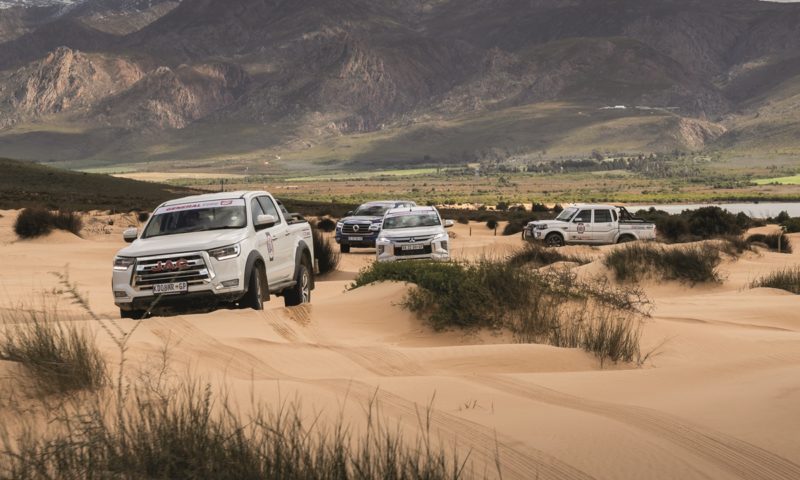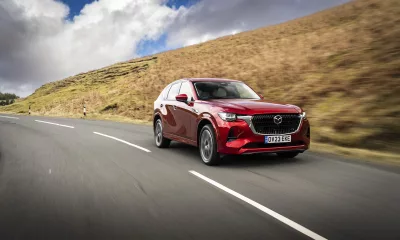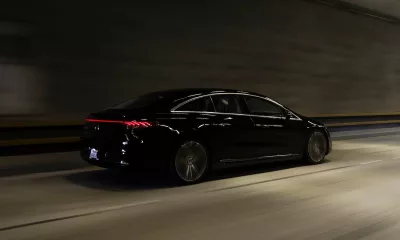Necessary roughness – No one was left floundering in the quarry exactly but with the technicality dealt with, it was time to put the theory from our axle-twist test into practice and evaluate each bakkie off-road with a spirited bout of bonnet-meets-horizon adventuring on the same prescribed route at Klipbokkop. As we reached the start of the sandpit, all the vehicles’ tyre pressures were equalised to 1,0 bar to eliminate any advantage the bakkies with more aggressive A/T tyres might have, namely the Isuzu D-Max wearing OE-approved General Tire Grabbers.
Popping their on-the-fly four-wheel-drive systems into 4L, the JAC and Mahindra are solid, capable off-roaders when driven in isolation. They rarely struggled on the course, however, tested back to back with the others did reveal a harsher, less-resolved ride quality over rougher sections. Although, it is worth noting the JAC 2,0 CTI is a pre-launch test mule and the Mahindra Pik Up supplied to us had done considerably more mileage than the others here at over 30 000 km.

Many expected the city-slicker GWM and Mazda to be completely out of their depth in the rough stuff but both surprised with their traction and pulling power. Only body control was found wanting over bigger undulations that tested the front and rear clearances; the GWM was too loose and bouncy and occasionally bottomed out, and the Mazda erred on the side of firm and crashy (almost as if the tyres were overinflated … which they were not). The Navara impressed with a pliant ride and excellent wheel travel. However, Gerhard and few other testers noted its expansive bonnet did make it difficult to place as accurately as others on the off-road course.
The Amarok bullied its way through the sand with its immense power and torque, merely requiring more throttle input to overcome any lack of traction owing to it not having a low-range transfer case. Gerhard did mark it down for having to spin its wheels occasionally before the vehicle’s electronics could reapportion drive, and for not having any easily accessible recovery points. The BT-50 and T8 were also marked down for their lack of recovery points.

From there, we’re into the top performers off-road. What is illuminating is how much more pliant the Ranger and Triton were over the same tough stretch, showing better wheel travel, more consistent grip and stable power delivery than those ranked below. They feel robust, more substantial, with improved noise, vibration and harshness (NVH) suppression over undulating tracks, which owners will surely appreciate out in the bush. They did not put a foot wrong … but there were two that outshone them.
The Isuzu D-Max – in combination with its excellent General Grabbers no doubt – felt light and nimble and was a joy to drive on the sand, utilising its seemingly modest power output to maximum effect. Being one of the lightest and most compact bakkies ensured it made easy work of all obstacles.
When it comes to heavy-duty 4x4ing and all the elements that matter – wheel articulation, steering accuracy, linear power delivery, tyre grip and chassis rigidity – the Toyota Hilux is in a class above. The other nine displayed surefootedness in the sand but the Toyota led the convoy, picking out the best routes because that’s just what a Hilux does.













